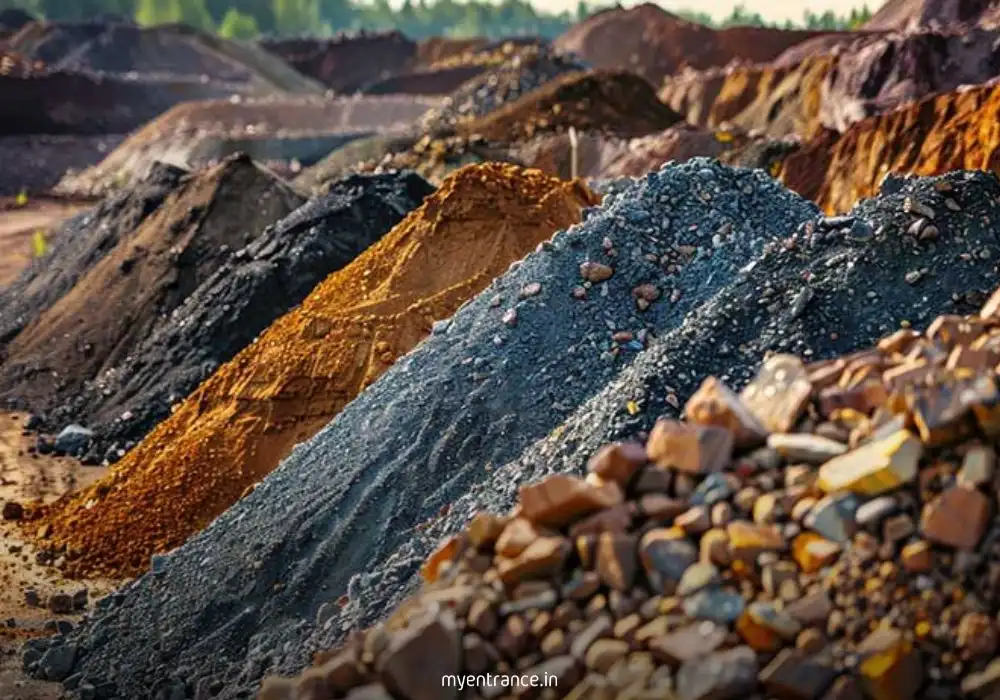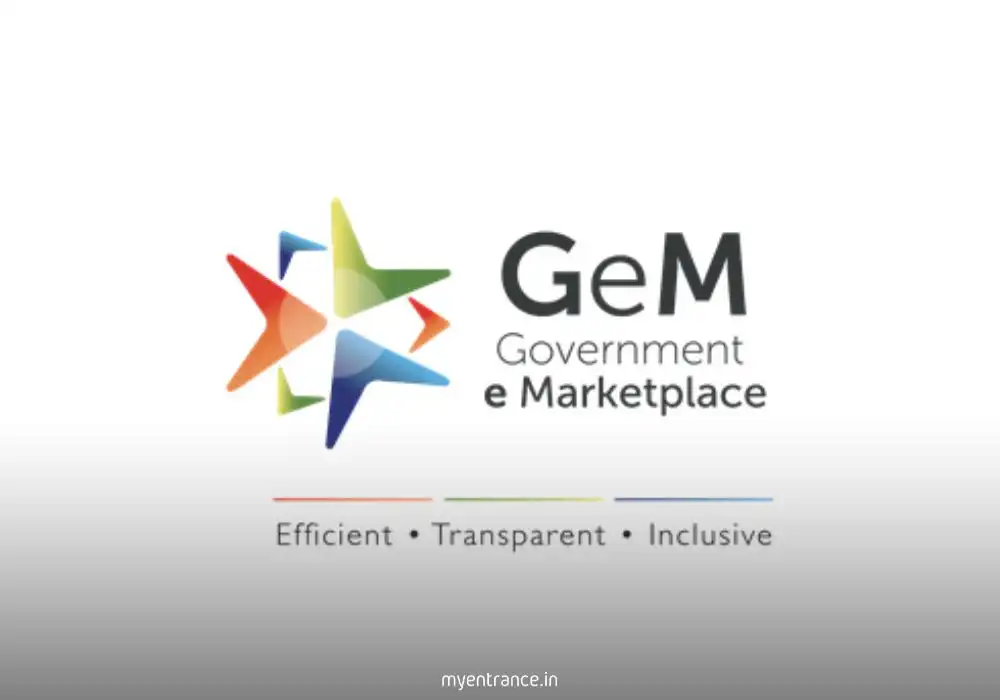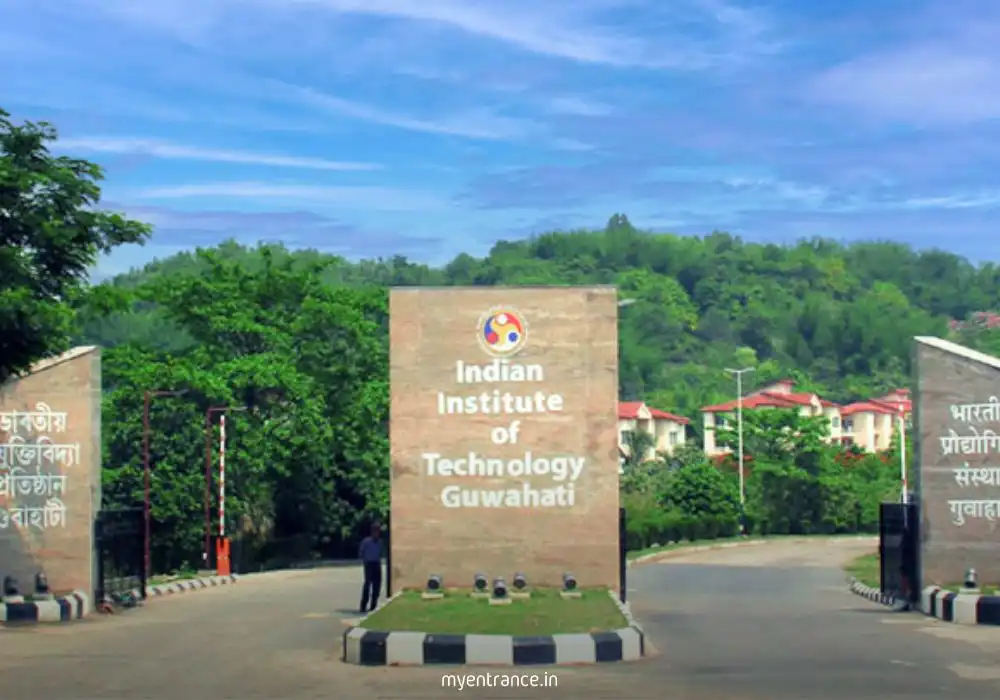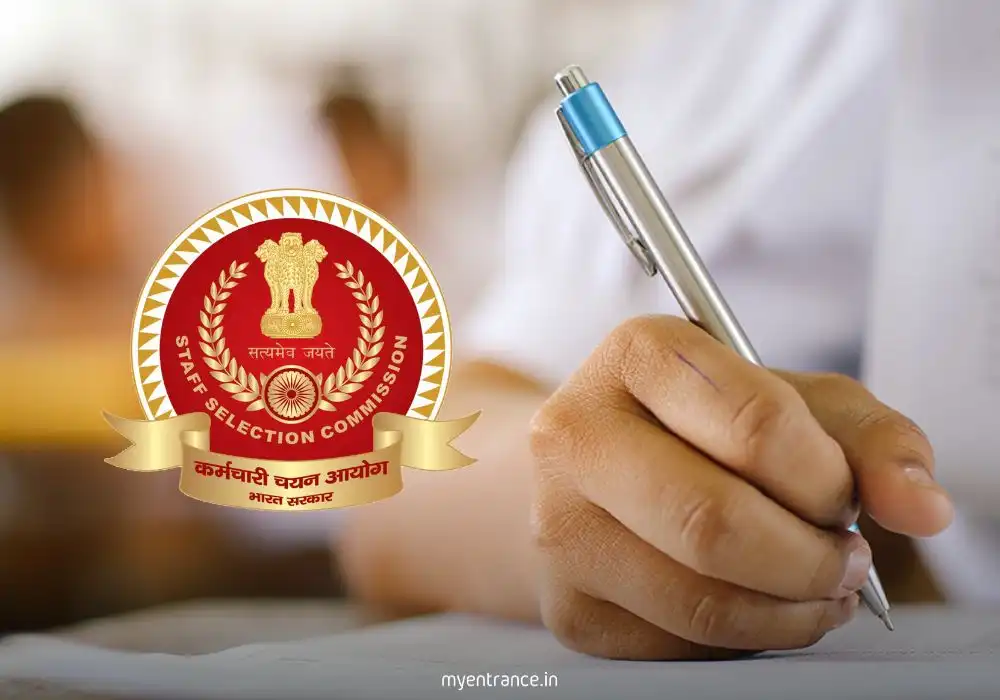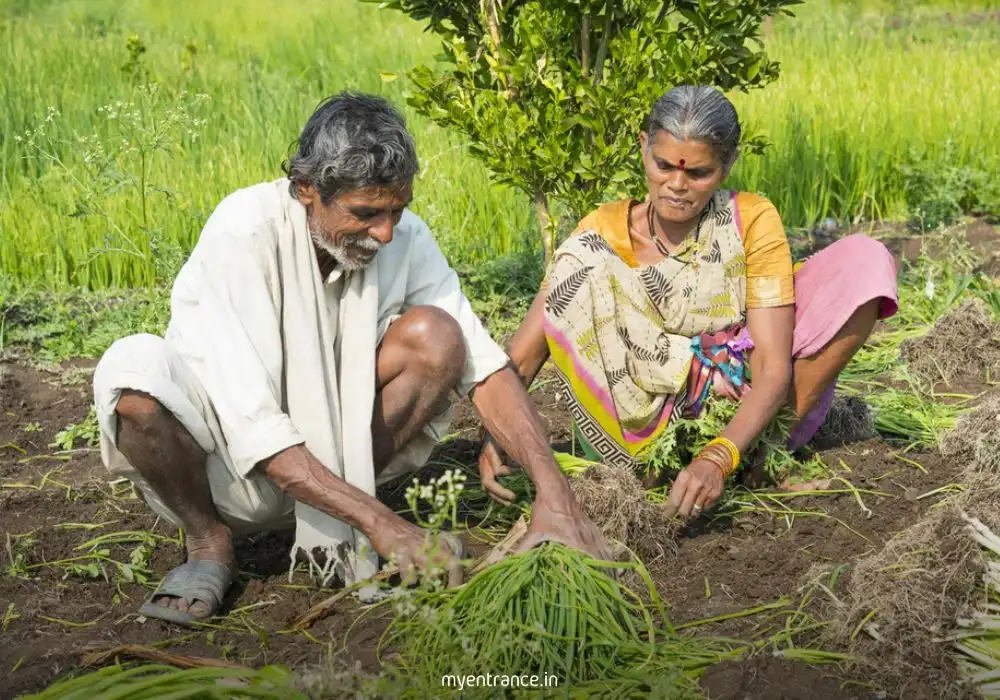Translate Language
India’s Groundwater Crisis: CGWB Report Reveals Alarming Contamination Levels
Groundwater is India’s most critical water resource, supplying over 85% of rural drinking water and 65% of irrigation needs. However, the 2024 Central Ground Water Board (CGWB) report exposes a grim reality—widespread contamination from toxic substances like nitrates, fluoride, arsenic, uranium, and heavy metals. This crisis threatens millions, particularly in rural areas where groundwater is the primary water source.
The problem stems from excessive extraction, industrial pollution, and weak enforcement of environmental laws. In this article, we break down the key findings of the CGWB report, discuss the health impacts, examine real-life case studies, and analyze the regulatory failures contributing to this crisis.
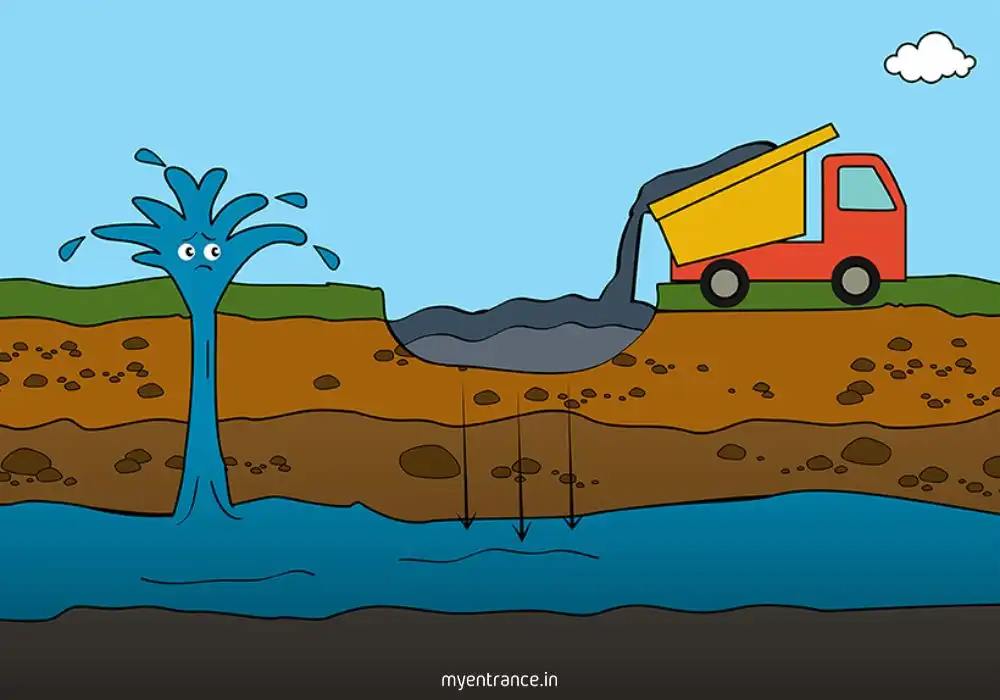
India’s Dependence on Groundwater
India’s agriculture and drinking water supply heavily rely on groundwater due to:
Scarcity of surface water in many regions.
Unreliable monsoons leading to dependence on underground sources.
Lack of piped water infrastructure in rural areas.
This dependence makes groundwater contamination a national health and food security emergency.
Key Findings from the CGWB Report
The 2024 CGWB report highlights alarming contamination levels across India:
1. Nitrate Pollution (Over 20% of Samples)
Causes: Excessive use of chemical fertilizers, sewage seepage, and poor waste management.
Health Risks: Linked to blue baby syndrome (methemoglobinemia), digestive disorders, and increased hospitalizations.
2. Fluoride Contamination (9% of Samples)
Hotspots: Rajasthan, Andhra Pradesh, Telangana.
Effects: Dental & skeletal fluorosis, joint pain, and stunted growth in children.
3. Arsenic Poisoning (Above WHO Limits)
Worst Affected: Punjab, Bihar, West Bengal.
Dangers: Skin lesions, cancers, and cardiovascular diseases.
4. Uranium & Heavy Metal Contamination
Sources: Industrial waste, mining activities.
Health Impact: Kidney damage, neurological disorders, and anemia.
Health Risks of Polluted Groundwater
Fluoride: Causes bone deformities and mobility issues.
Arsenic: Leads to skin cancer and organ failure.
Nitrates: Trigger infant mortality and digestive diseases.
Uranium: Increases chronic kidney disease risks.
Heavy Metals (Lead, Cadmium): Cause developmental disorders in children.
Real-Life Case Studies
Budhpur, Uttar Pradesh – Industrial waste caused 13 deaths from kidney failure.
Jalaun, UP – Handpumps spewed petroleum-like fluids due to pollution.
Paikarapur, Odisha – Sewage contamination led to mass illness outbreaks.
Ballia, UP – Arsenic levels 20 times above safe limits, linked to thousands of cancers.
These cases highlight systemic failures in pollution control and monitoring.
Regulatory & Governance Failures
Weak Laws: The Water Act, 1974 does not effectively regulate groundwater.
Lack of Coordination: Poor collaboration between CGWB, CPCB, and state agencies.
Inadequate Monitoring: Testing is infrequent, and data is not publicly accessible.
Over-Extraction: Falling water tables concentrate pollutants, worsening contamination.
5 Sample Questions & Answers (For Competitive Exams)
Q1. What is the main cause of nitrate pollution in groundwater?
✅ Ans: Excessive use of chemical fertilizers and poor sewage disposal.
Q2. Which Indian states are most affected by fluoride contamination?
✅ Ans: Rajasthan, Andhra Pradesh, and Telangana.
Q3. How does arsenic-contaminated water affect human health?
✅ Ans: It causes skin lesions, cancers, and cardiovascular diseases.
Q4. What are the major regulatory challenges in managing groundwater pollution?
✅ Ans: Fragmented governance, weak laws, and lack of enforcement.
Q5. Which heavy metals are commonly found in polluted groundwater?
✅ Ans: Lead, cadmium, and uranium.
The CGWB report 2024 is a wake-up call for India. Without strict regulations, better monitoring, and sustainable water management, the groundwater crisis will worsen. Students preparing for UPSC, SSC, PSC, and other exams must understand this issue for both current affairs and environmental studies.
For more daily quizzes, mock tests, and exam updates, visit MyEntrance.in!
Get 3 Months Free Access for SSC, PSC, NIFT & NID
Boost your exam prep!
Use offer code WELCOME28 to get 3 months free subscription. Start preparing today!



